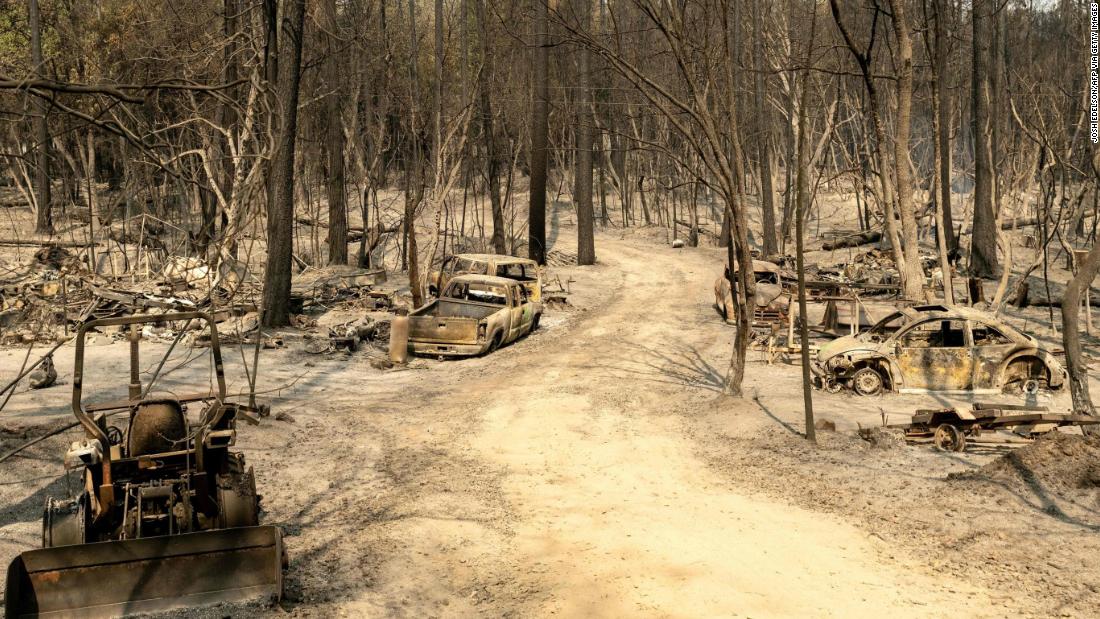
Intersecting and escalating crises -- climate disruption, the collapse of biodiversity, the declining health of the ocean and the depletion of natural resources -- clearly demonstrate that we cannot continue on our current path. Our relationship with nature, traditionally based on domination and exploitation, has already altered some 75% of the land's surface and 40% of the marine environment. The global rate of species extinction is tens to hundreds of times higher than the average rate over the past 10 million years, and around 1 million animal and plant species are threatened with extinction. according to the Intergovernmental Science-Policy Platform on Biodiversity and Ecosystem Services (IPBES). This cannot continue.
The scientific evidence calls for a complete change -- a total overhaul of our relationship with nature and biodiversity. This is not an option, but a necessity for our survival. The welfare of humanity relies on the health of the environment, as well as the well-being of other species. The time to act is now.
First and foremost, this means ending the destruction of our collective home, for the benefit of current and future generations. The most urgent actions we must take include reducing logging in the world's tropical rainforests, which fans forest fires; halting the melting of the cryosphere, which could release unknown viruses and bacteria, and preventing the rise in ocean temperatures, which leads to the destruction of our coral reefs -- irreplaceable habitats for a wide array of ocean life. All these require firm global policy commitments and bold and coordinated global action.
To realize these ambitions, we must direct the necessary resources into protecting and restoring weakened ecosystems. To start with, this means increasing the number of zones in which biodiversity is protected. Through negotiations under the Convention on Biological Diversity, some countries are working toward the goal of protecting 30% of the world's surface, across land and sea, by 2030.
UNESCO's Biosphere Reserves provide a useful template for these new protected areas. Biosphere Reserves are not only protected by governments, which provide rangers, for instance, to combat poaching. They are also protected by the 275 million local and indigenous people who live there, who use their skills and knowledge to generate an income without damaging their environment. One example is the BIOPALT project in the Lake Chad Basin in sub-Saharan Africa. By supporting traditional and environmentally the sustainable activities such as spirulina harvesting and processing, this initiative helps reduce poverty, stabilize lake populations despite security issues and drive sustainable use of natural resources, while respecting local cultures linked to the lake and its waters. Currently, UNESCO has 714 Biosphere Reserves like this one, as well as 161 Global Geoparks and 252 natural World Heritage sites. These protected areas alone cover 6% of the Earth's landmass.
In addition to protecting and restoring ecosystems, we need a deep shift in our production and consumption patterns. We cannot continue to rely on destroying nature to generate GDP. The UN's Sustainable Development Goals (SDGs) -- global aims established at the UN General Assembly in 2015 to protect peace, people and the planet -- provide a framework for sustainable development that addresses poverty, inequality, human rights, education, health, climate and ecosystems.
On our path toward the SDGs, we must be innovative and imaginative. We need to devise alternative ways of "cohabiting" with all other species on Earth. In particular, we must develop and better manage zones in which flora and fauna can flourish, zones that promote the conditions for a respectful relationship between humans and nature.
We also have to listen to those who have always maintained a respectful and symbiotic relationship with nature -- one that recognizes that nurturing our living planet is the only path forward: the world's indigenous peoples. Their rights need to be recognized and protected; their unique traditional knowledge -- thanks to which biodiversity is declining less rapidly -- is a repository of solutions for the protection of our ecosystems.
Lastly, we must communicate the gravity of the biodiversity crisis and raise awareness about how it impacts us all. Education is a critical tool empowering future generations to play an active role as custodians of nature. Environmental education should be incorporated in school curricula, in teacher training as well as outside formal school systems -- this commitment is at the heart of UNESCO's education policy and action.
Our goal is a future in which 100% of the world's population assume their responsibility for the health of our planet. Given the key role it plays in our livelihoods, nutrition and well-being, biodiversity must be officially recognized as the asset that it is: our shared natural capital.
This complete sea change does not require us to abandon our humanist values or ideas of progress. On the contrary: The most vulnerable are precisely those who suffer the most from the consequences of climate and biodiversity disruption. Let's remember that there can be no social justice without environmental justice. Over the past 20 years, climate change has led to an increasing number of floods and droughts, which have affected over 3 billion people, and caused total economic damage of almost $700 billion.
This century, flooding from rising sea levels and storm surges will threaten the viability of a number of islands and major deltas. It is high time that humans understood that we do not own the Earth -- we depend on it. We must protect the planet, learn how to minimize our impact and live more sustainably -- or suffer the consequences.
"Opinion" - Google News
March 24, 2021 at 12:12PM
https://ift.tt/3vTt9kD
Our survival depends on treating nature with more respect - CNN
"Opinion" - Google News
https://ift.tt/2FkSo6m
Shoes Man Tutorial
Pos News Update
Meme Update
Korean Entertainment News
Japan News Update
No comments:
Post a Comment